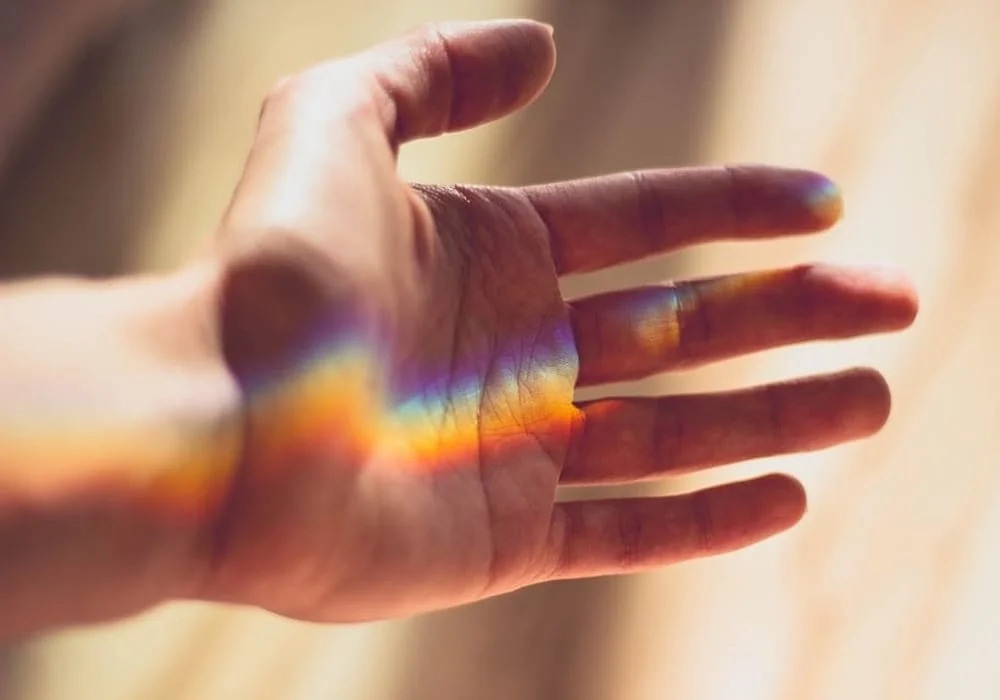UV Radiation
Ultraviolet radiation or simply UV Radiation is invisible radiation that emits in the wavelength range of 100 to 400 nanometers (nm). A nanometer is one billionth of a meter. It has a shorter wavelength than visible light and contains more energy. Depending on its wavelength, it can pass through the ozone layer and have different health effects. The shorter its wavelength, the more harmful it is; however, it then penetrates the skin less easily.
Ultraviolet radiation is divided into three bands
UVA rays have a wavelength of 320 to 400 nm. Although their energy is lower than that of UVB, they penetrate the dermis and are responsible for immediate tanning, premature aging of the skin and can play a role in the appearance of certain skin cancers. UVA rays are not easily absorbed by the ozone layer; about 95% succeed in crossing it.
UVB rays have a wavelength of 280 to 320 nm. They only penetrate the protective layer of the epidermis. They are responsible for long-term tanning and sunburn, as well as most skin cancers. A large part of UVB is absorbed by the ozone layer; only 5% make it to the earth’s surface.
UVC has a wavelength of 100 to 280 nm and is the UV rays with the most energy. They are very dangerous for all forms of life (even in very low doses). Fortunately, they are totally stopped by the ozone layer and never reach the earth. They are artificially created to kill bacteria.
Positive effects on our health
But UV radiation also has positive effects on our health. Exposing yourself to the sun’s UVB for a few minutes a day helps to synthesize vitamin D, which facilitates the absorption of calcium and phosphorus by the body. And UVB also helps to treat diseases such as psoriasis or eczema. UVC can be used by hospitals for example as sterilizing agents. They are indeed germicidal. UVA rays, on the other hand, would help limit the development of myopia.
The UV index makes it possible to assess the risk incurred and is accompanied by advice on how to limit it. Under an index of 1, for example, the risk is low, but wearing glasses is recommended if the day is sunny. With an index of 6, the risk is high. It is advisable to wear glasses and a hat, to stay in the shade and to use a high protection sunscreen. When the index exceeds 11, the risk is extreme. The skin can burn in just a few minutes.
UV index
| UV Index | Risk level | Color | Recommended Protections |
|---|---|---|---|
| 1-2 | Low | Wearing sunglasses on sunny days. | |
| 3-5 | Moderate | Cover up and wear a hat and sunglasses. Apply a medium protection sunscreen (SPF 15-29), especially for outdoor exposure for more than thirty minutes. Seek shade around noon, when the sun is at its zenith. | |
| 6-7 | High | Reduce exposure between 11 a.m. and 5 p.m. Apply a high protection sunscreen (factor 30 to 50), wear a hat and sunglasses, and stand in the shade. | |
| 8-10 | Very high | Without protection, the skin will be damaged and may burn. Sun exposure can be dangerous between 11 a.m. and 5 p.m.; seeking shade is therefore important. It is recommended to wear long clothes, a hat and sunglasses, as well as the application of a very high protection sunscreen (index + 50). | |
| 11+ | Extreme | Unprotected skin will be damaged and can burn within minutes. Any exposure to the sun is dangerous, and if you go out you absolutely have to cover up (hat, sunglasses, apply a very high protection sunscreen with an index of +50). |
How do UVA rays work?
By attacking the elastic tissues of the skin, UVA rays cause wrinkles to appear and accelerate the aging of the skin. We also know that an accumulation of UVA rays weakens the skin’s defenses and reduces the effectiveness of its immunity. The abnormal cells that are born are no longer destroyed and can multiply freely.
This could explain the development of certain skin cancers. UVA rays also promote the formation of free radicals (very aggressive chemical substances) inside the cells. If not immediately neutralized, free radicals attack DNA molecules. The damage suffered at this level accumulates and eventually leads to cancer. Sunbeds mainly use these rays, but at much higher doses than in natural light.
How do UVB rays work?
UVBs color the skin and, in high doses, burn it. UVB rays also break the support of our genetic heritage, the double DNA chain. These breaks can disrupt the functioning of genes that control cell division. The damage caused to DNA could in particular be the cause of a weakening of the immune system.
It is also possible that the two phenomena – loss of control of cell division and weakening of immunity – reinforce each other and thus favor the appearance of cancer.
Radiation | Classification and Type: Electromagnetic, Ionizing and Non-ionizing, Particle
Sources: PinterPandai, NHS UK, Health Guidance, American Ultraviolet, WHO (World Health Organization, WHO, NCBI (National Center for Biotechnology Information, U.S. National Library of Medicine), WHO 4
Photo credit: Pxfuel



